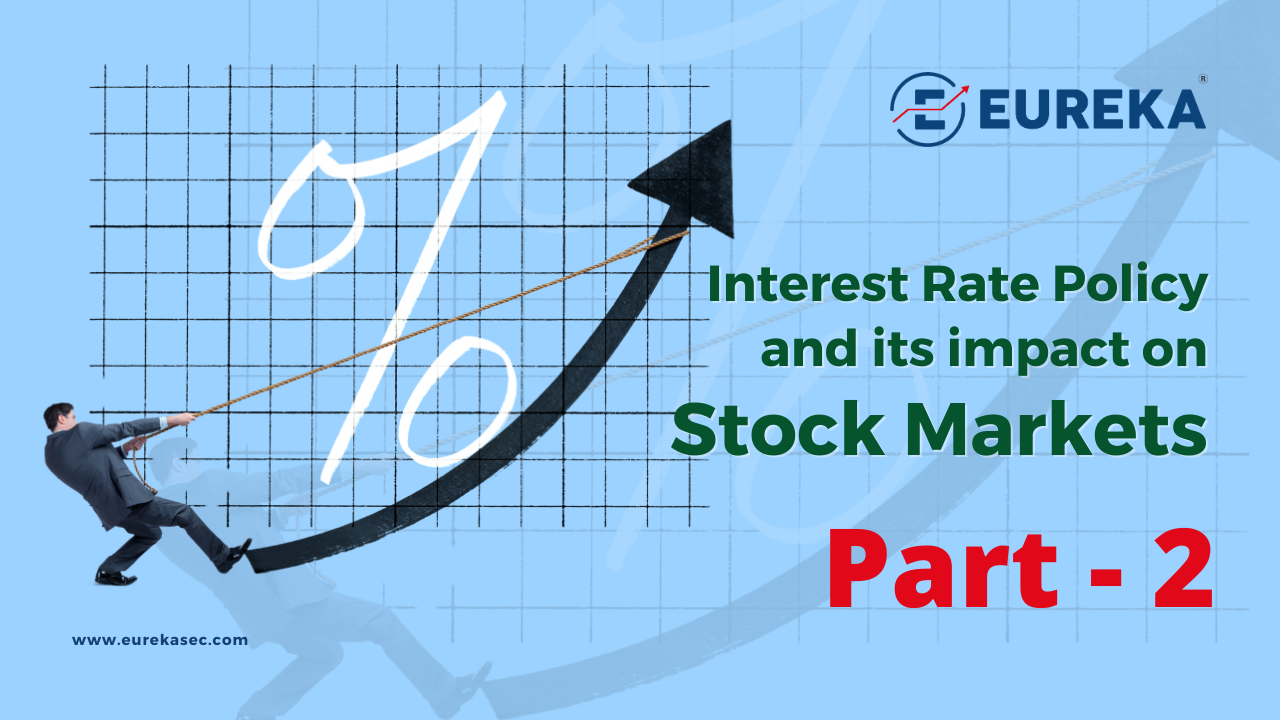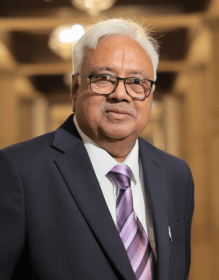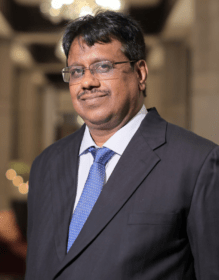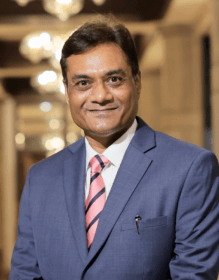
In the Part 1, we discussed the role of the Central Bank (in our case RBI) and the Central Government in economic policy matters and also discussed inflation. We also discussed that the desired range of inflation varies from country to country. For growing economy inflation higher above a particular range is damaging and lower below that range is also not desired. Inflation up to a certain level is necessary for growth. For a developed country like the US, where the growth rate is much lower than a developing country, the inflation range is also lower. While in our country the comfort range of inflation is 4-6%, as set by RBI, in the US the comfort level is 2% and in Japan, the inflation level is so low that their policymakers are trying to bring up the inflation to a certain level. Therefore, the desired range of inflation widely varies. However, if inflation rises very fast above the desired level, policymakers across the globe rush to arrest the rise as rising inflation is very dangerous to the economy.
Interest Rate is an important tool
The tool most widely used by the central banks to fight inflation is the interest rate policy. The Central Bank always maintains to promulgate an optimum interest policy that keeps balance between inflation and growth. Typically, growth needs liquidity in the system and therefore during lower interest rate regime growth is hurt when liquidity is reduced in high interest regime. However, situation arises when inflation rises fast above the comfort range, then controlling inflation is given priority over boosting growth and the central banks revise the Interest Rates upwards, however the length of the hike cycle and magnitude of the change depend on nature of the inflation.
What is Repo and Reverse Repo
Interest Rate basically of is two types which is regulated by RBI – Repo and Reverse Repo. In the Banking Operation, sometimes Banks borrow short term loan from RBI and sometimes Banks park their surplus fund with RBI. The rate at which RBI lends money to banks is called Repo. Technically, repo stands for ‘Repurchasing Option’ or ‘Repurchase Agreement’. It is an agreement in which banks provide eligible securities such as Treasury Bills etc. to the RBI while availing overnight / short term loans. An agreement to repurchase them at a predetermined price will also be in place. On the contrary, the rate which RBI pays to the banks for parking surplus funds is called Reverse Repo.
How Repo and Reverse Repo are used
When Inflation rises above the desired range, RBI raises Repo and Reverse Repo Rate. If the Repo Rate is raised, the borrowing cost of the banks rises. Banks in turn passes on the cost to its borrowers and therefore the cost of borrowing for individuals and corporates also rises. Similarly, due to hike in reverse repo, Banks earn better return from RBI which they generally pass on to the deposit holders and therefore the interest on deposits also rises. Many people then get attracted by Bank Deposits. So less borrowing and more deposit ultimately result into reduction of money, i.e, liquidity in the system, which brings down the demand. As soon as demand falls, the price of various commodities starts falling gradually. So, main objective of interest rate hike is to reduce liquidity and to suppress the demand.
CRR & SLR
Apart from Repo and Reverse Repo, there are another two instruments to suck out the liquidity from the system, however RBI revises them very rarely. They are Cash Reserve Ratio (CRR) and Statutory Liquidity Ratio (SLR). CRR represents the minimum percentage of deposits that a commercial bank must keep as a cash reserve with the RBI. The RBI does not pay any interest for this and uses CRR to maintain liquidity and cash flow in the economy.
SLR is an obligatory reserve that commercial banks must maintain. Commercial banks may maintain this reserve requirement in the form of approved securities per a specific percentage of the net demand and time liabilities. Banks usually hold more than the required SLR, as per RBI norms stating that they must maintain a certain amount of money as liquid assets. This helps banks fulfil their depositors’ demands as and when they arise.
Currently CRR is 4.5% and SLR is 18% that means out of every Rs. 100 Banks collect as deposit, Rs. 4.5+18 i.e., Rs. 22.5 has to be deposited with RBI as a safety measure. If these rates are hiked, a significant portion of liquidity is drained out. However, until and unless the inflationary pressure reaches a very dangerous level, RBI does not revise these rates.
Monetary Policy Committee
Government has formed a high level committee to decide the interest rate from time to time, which is called Monetary Policy Committee (MPC). This six members committee is headed by RBI Governor, among other members two from RBI and three members are nominated by Government. This MPC meet generally six times in a year on bimonthly basis according to a pre-scheduled calendar. Every time after a 3 days meet, RBI Governor announces the rate decision which is followed by a press conference. RBI website publishes the schedule of the meeting for the whole year which could be accessed by any market participant in advance.







